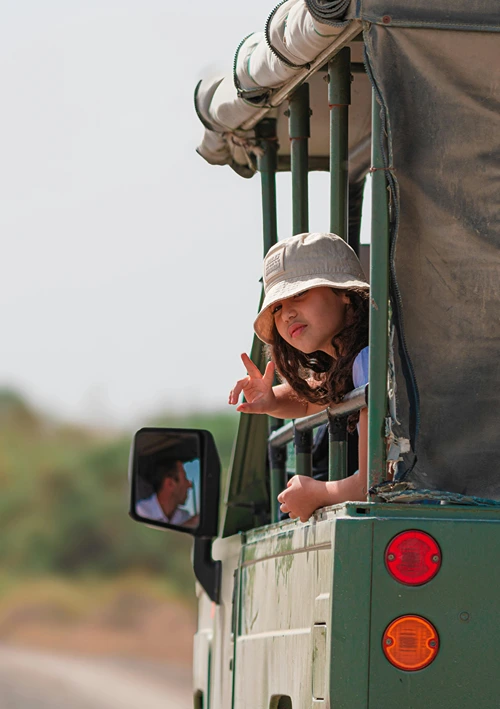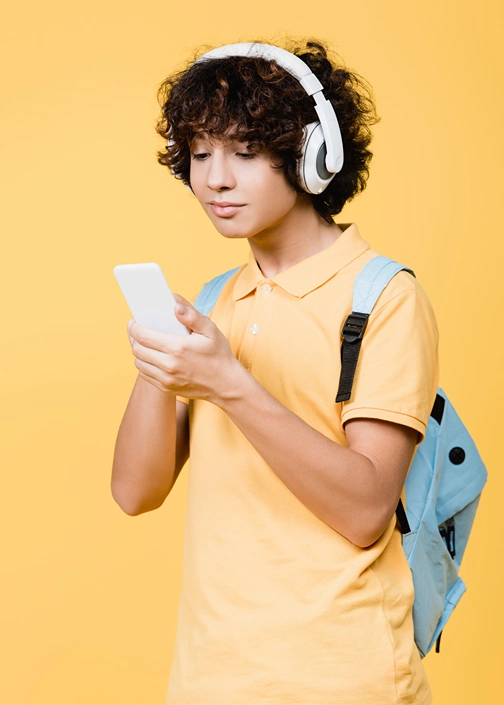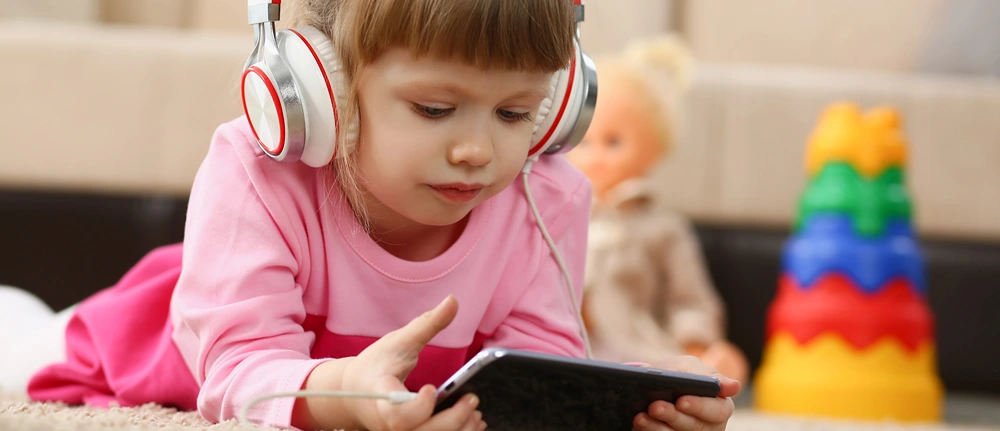7 Family-Friendly European Destinations for Nature Lovers
If you and your family members love nature, you can’t go wrong booking a trip to Europe. The hard part might be deciding where to go given the diverse range of topographical treasures on this continent. You can experience anything from pristine mountain tops to gentle shorelines and enchanting forests depending on where you go.
Fortunately, you’ve come to the right place to gain insights into some of Europe’s top destinations. Read on to discover seven family-friendly European destinations that will offer natural beauty to keep the whole family engaged!
1. Hike Through Germany’s Black Forest
Situated in southwest Germany, the Black Forest boasts over 20,000 kilometers of trails within the lush, evergreen forests. This site is ideal for the family that loves going on hikes together, and every bend offers scenic views of the rugged mountains, lakes, and waterfalls like the Todtnau Waterfall.
As Germany’s largest forest, the Black Forest’s majestic, wooded hills are bordered by the River Rhine on its southern edge, and visitors will find tranquil roads for biking, driving, or walking. The region is known for its cuckoo clocks and Black Forest cake, too, so families will have plenty of fun cultural connections to savor as they explore the region.
2. Find Adventure in Italy’s Dolomites
Located in the northern Italian Alps, Italy’s Dolomites are famous for their dramatic peaks and stunning wildflower meadows. With 19 peaks cresting 10,000 feet, visitors are treated to a blend of sharp cliffs and valleys that make this site great for summer hiking.
Families will enjoy the well-groomed trails that can accommodate strollers and hikers of all levels. Wildlife abounds, including marmots, so kids will always have something new to find with each step of the journey.
And opting for Dolomites hut to hut hiking lets visitors immerse themselves in the beauty of the area without worrying about where they’ll stay each night.
3. Immerse Yourself in Plitvice Lakes National Park, Croatia
If you’re looking for a truly magical place to visit, try Croatia’s Plitvice Lakes National Park. You’ll feel like you’re part of a fairy tale as you wander through the lush landscape dotted by 16 lakes.
With waterfalls linking the lakes together, you’ll often be just steps away from shimmering turquoise water. And with well-designed boardwalk trails, you’ll always have a clear path to follow as you hike, making this an excellent choice for family members of all ages and abilities.
Vibrant greenery, limestone dams, and majestic water features combine in this national park, which is among the largest in Croatia.
4. Explore the Scottish Highlands, Scotland
The gorgeous lochs and glens within the Scottish Highlands need to be on your family’s radar for a nature-immersive getaway. You’ll love the misty ambiance, with dramatic shifts from mountainous terrain to freshwater lakes that shimmer as you hike by them. Visiting families love the ability to mesh gentle hikes with a dose of folklore and history to enrich your trip.
Of course, the area’s mythology includes the famed Loch Ness Monster, which was first viewed by locals in 1933. Young children will love catching a glimpse of where Nessie, as it’s called by many, supposedly lives.
5. Discover Arctic Beauty in Norway’s Lofoten Islands
The Lofoten Islands offer mountainous beauty on the northern edge of Norway, placing it just above the Arctic Circle. Imagine a landscape defined by dramatic cliffs and pure white beaches. You’ll find those gorgeous features here, alongside quaint fishing villages that belong on postcards.
And when summer comes, you’ll see extended daylight hours during Midnight Sun, giving you more time to explore. Grab your hiking shoes or take a guided fishing or kayaking trip with the whole family. Pack your bags because this enchanting swath of Norway won’t disappoint.
6. See Dramatic Beauty in the Azores, Portugal
The Azores archipelago consists of nine islands halfway between Portugal and the United States. It’s right in the center of the Atlantic Ocean, making it an especially remote and captivating place to take your family.
Extinct volcanoes add a unique flare to the islands’ topography, with lava rock pools, crater lakes, and hot springs dotting the landscape. Head out on the ocean to look for whales and other bursts of aquatic life. Or join a group hiking tour to learn about the geological processes that produced the unique scenery in front of you.
7. Savor the Swiss Alps

Switzerland’s Alps are an iconic vacation destination for your next family trip. The sweeping beauty of snow-capped peaks and verdant greenery is unparalleled. You can stay in charming villages like Zermatt before embarking on journeys to high-altitude landing spots. Don’t let the intensity of the mountains fool you, though.
Your youngest family members can find easier hikes along pathways also meander alongside playgrounds, too. Enjoy this picturesque landscape any time of year. Hike through the mountainous paths during the summer or strap on some skis when winter transforms mountainside villages into snow-covered wonderlands.
Choose the Right European Vacation Destination
Family trips get an upgrade when you head to some of Europe’s best natural treasures. Hike the mountainous terrain in the Dolomites or Alps, or wander through the mystical Black Forest.
No matter what location you choose, you’ll find amazing geographic formations and plenty of cultural and historical sites to supplement your time outdoors.
Best of all, you’ll feel secure and comfortable as you travel through Europe to build memories with your family!











